AMOLED Screen Is An Improved Product Of OLED, Which Is Better Than OLED. The Difference Between The Two Is As Follows:
First Of All, AMOLED Belongs To OLED In Terms Of Name, But Not The Other Way Around. Simply Put, OLED Technology Includes Pmoled And AMOLED.
AM Stands For Active Matrix. TFT And Capacitive Layer Are Added To Each LED, So That When A Certain Row And A Certain Column Are Energized To Activate The Intersecting Pixel, The Capacitive Layer In The Pixel Can Maintain A Charged State Between Two Refreshes. So As To Achieve Faster And More Precise Pixel Emission Control.
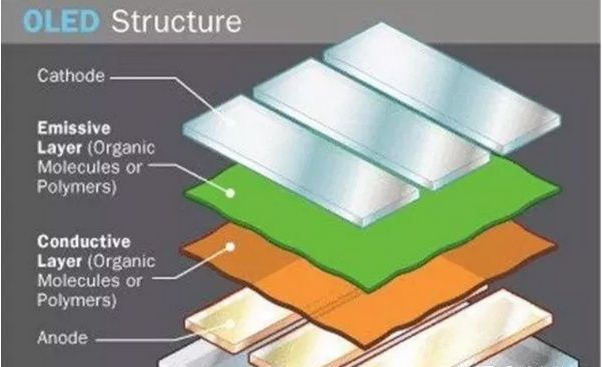
OLED (Organic Light Emitting Display) Is An Organic Light-emitting Display, Which Is A Newly Emerging Category In Mobile Phone Lcd And Is Known As The “dream Display.”OLED Display Technology Is Different From Traditional Lcd Display Methods. It Does Not Require A Backlight, And Uses Very Thin Organic Material Coatings And Glass Substrates. When Current Passes Through, These Organic Materials Emit Light. Moreover, The OLED Display Screen Can Be Made Lighter And Thinner, With A Larger Viewing Angle, And Can Significantly Save Power.
AMOLED Is An Active Organic Light-emitting Diode. It Does Not Only Need To Add A Signal To Work, But Also Needs To Provide An Additional Point Source To Make The Diode Reach The Working State. At This Time, It Will Light Up Or Not When It Gives A Bright Or Not Bright Signal. Shut Down.

To Use An Inappropriate Analogy, It Works Like A Tv. You Connect A Cable Signal To It, But You Can’t See It. You Can Only Watch It When You Power It Up. But Only Electricity, No Cable Signal, And No Programs To Watch.
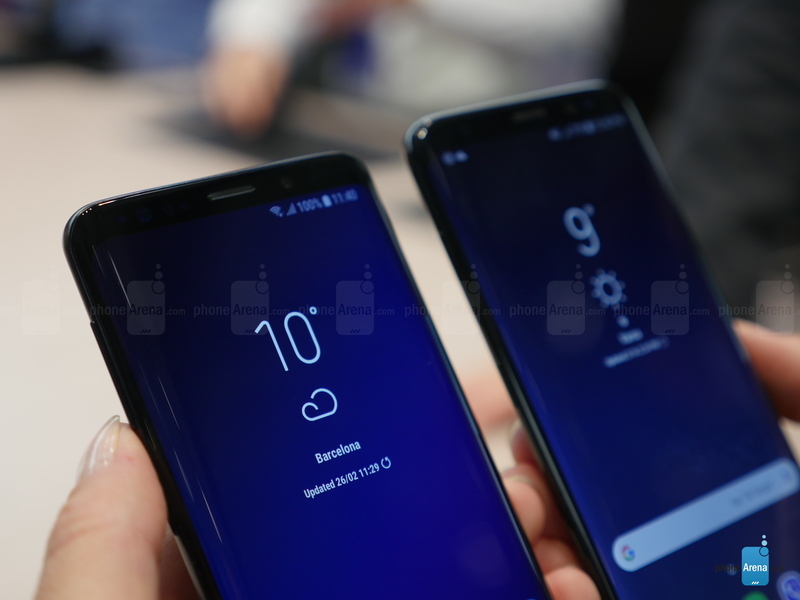
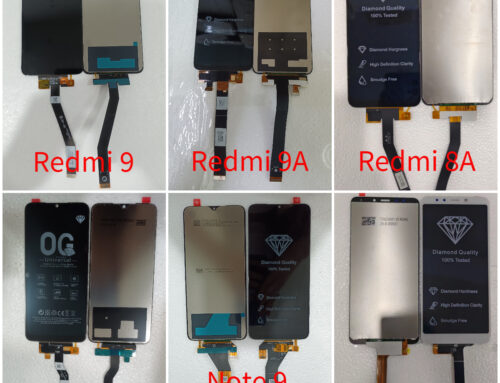
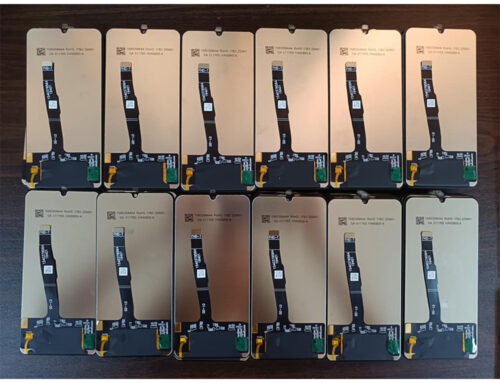
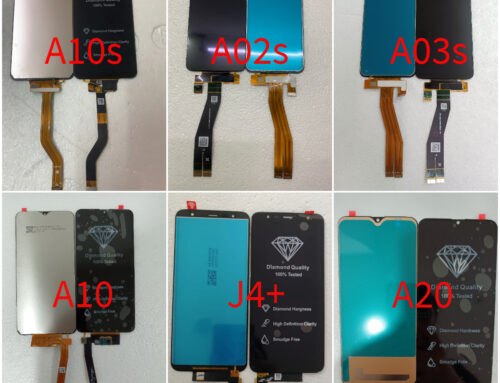
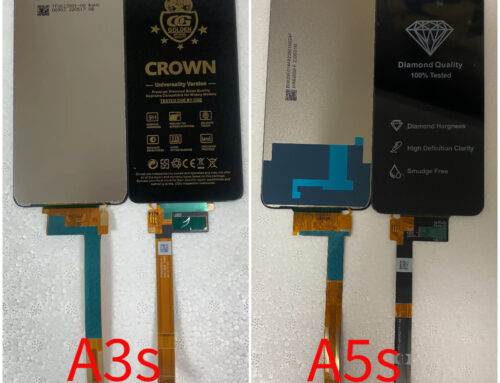
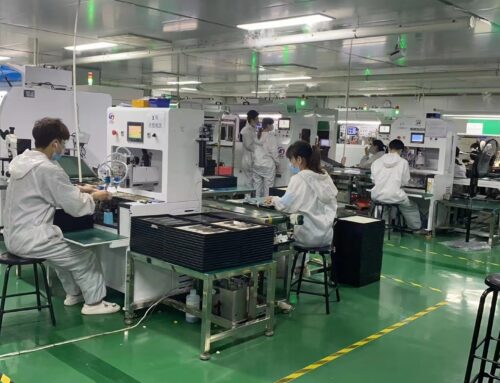
Leave A Comment
You must be logged in to post a comment.